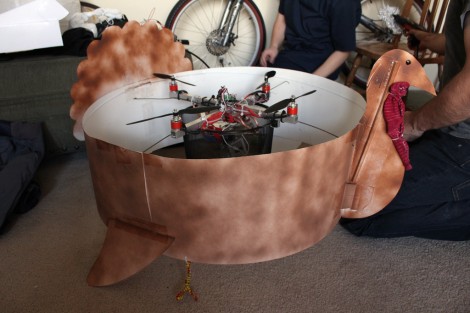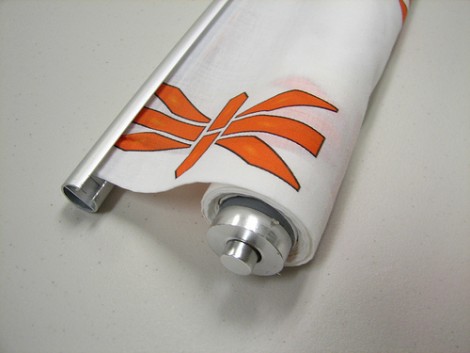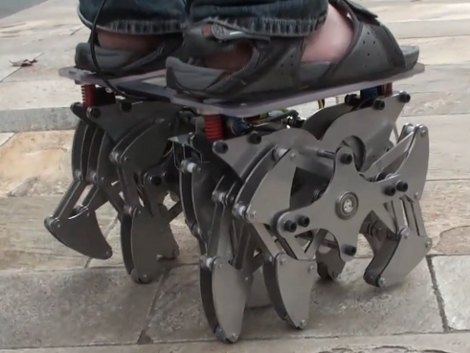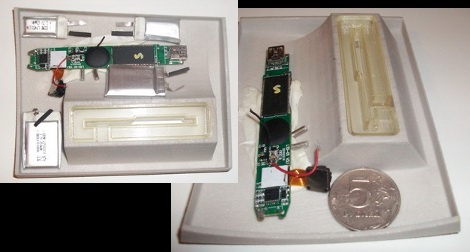
You can salvage some nice motors out of optical drives but they can be tricky to control. That’s because brushless DC motors require carefully timed signals used in a process called Electronic Speed Control (ESC). [Fileark] built and ESC using an Arduino and has a couple of posts explaining the concept and demonstrating how it works. His test circuit uses six 2N2222 transistors to protect the Arduino from excessive current. You can see six red LEDs above which are inline with the base of teach transistor. This gives visual feedback when a transistor is switched, a big help for troubleshooting your circuit.
Once you’ve seen the videos after the break you’ll probably come to the conclusion that this is an impractical way to use a brushless motor. But it is a wonderful way to learn about, and experiment with the concept of ESC. Chances are you can get your hands on an old optical drive for free, making this an inexpensive weekend project.
Continue reading “Arduino Electronic Speed Control Explained”
















